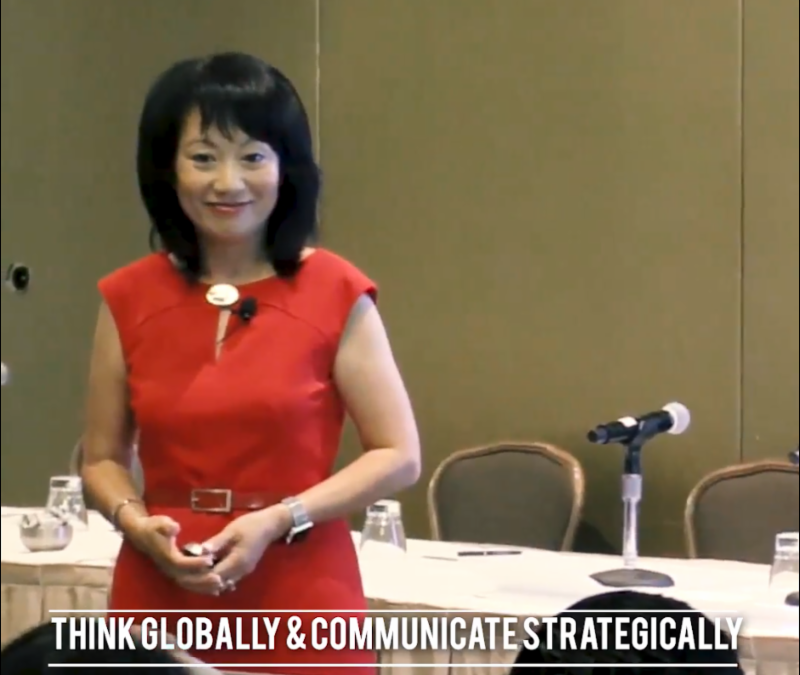The powerful multinational company takes a simple — yet effective — approach to innovation
Companies know that to grow, they must consistently innovate.
 But, to truly innovate, company leaders must lead with an innovative mindset. An innovative mindset allows leaders and workers alike to take small steps to create a big impact.
But, to truly innovate, company leaders must lead with an innovative mindset. An innovative mindset allows leaders and workers alike to take small steps to create a big impact.
There are three steps to leading with an innovative mindset: build a learning culture, think globally, and lead mindfully. I’ll be discussing each in this and future columns, beginning with the first: Build a learning culture.
What is a learning culture? I believe it is best defined through the story of a company that truly embraces it: Chinese multinational eCommerce and tech company Alibaba.
Founded in 1999 by just 18 people, Alibaba is led by Jack Ma, a former English teacher. The company grabbed global attention in 2014 when its IPO became the largest ever. Today, Alibaba is worth more than Walmart, and more than 150 million people shop on TaoBao, it’s online shopping site, each day.
Recently, I was coaching a senior-level executive with Alibaba. As part of our coaching, I asked her for a list of stakeholders to contact for feedback interviews on her behalf. When I received the list, I was both puzzled and intrigued. There were no actual names on it — each was a nickname, like Wise Monk, or Flying Tiger.
She explained that, when hired, each employee at Alibaba chooses a nickname from Chinese Kung Fu novels. That name is then used in all company communications –emails, documents, performance reviews. Even founder Jack Ma goes by Feng Qingyang, an Old Swordsman. The company does this to inspire and reinforce a warrior mindset in each employee: Be humble. Don’t be complacent. Keep fighting.
At Alibaba, everyone is a student. They refer to each other as classmates and call Jack Ma their teacher. The corporate campus feels like exactly that — a college campus.
In these ways, Alibaba embodies a learning culture, the first step to leading with an innovative mindset.
There are three steps to creating a learning culture.
1. Encourage Bottom-up Innovation
Not long ago, Alibaba set out to create a rival to WeChat, a chatting app with 1 billion monthly users. After much investment in talent and time, Alibaba’s rival chatting app launched — and failed.
But, some of the staff that worked on the project could not just walk away. They needed to know why it failed. With Alibaba leadership providing its blessing and support, this team kept working. They eventually launched Ding Talk, an enterprise platform that enables transparent communication and collaboration, and is especially popular among virtual teams. Today, it has over 100 million users.
This is an example of bottom-up innovation — letting ideas and inspiration flow from not just the top of the company, but from all directions.
2. Model Curiosity
Curiosity leads to innovation. But curiosity can only flourish when it is encouraged — and modeled — by leaders.
When a leader demonstrates curiosity by asking questions and seeking information, they are viewed as more competent. They inspire trust and build stronger relationships. They promote meaningful connections and creativity. They tell their teams, “You don’t have to pretend to know everything.”
Toyota models curiosity with its “5 Whys” approach. When confronted with a challenge, employees are encouraged to ask “why.” Once they’ve received an answer, they’re asked to investigate further by asking “why” once again … and again, until it is asked five times. This practice helps employees innovate by encouraging them to challenge existing perspectives.
3. Celebrate Innovation
Encouraging innovation means celebrating it in all forms.
Tech company Agilent Technologies makes this a key element of their business strategy. Every 18 months, Agilent runs a company-wide competition called “Agilent Innovates.” Employees and teams across the company are encouraged to enter the contest with an innovation, whether it’s for a new product or solution, or a process improvement. The innovations are judged on originality and business impact, with the final round judged by CEO staff. The contest is embraced with enthusiasm, from C-suite down.
A program like “Agilent Innovates” unites the company in excitement and enthusiasm for innovation. It sends the message that everyone’s contributions are valued.
And, it contributes to a learning culture because it celebrates the outcome of curiosity and learning: Innovation.
This article was originally posted on Inc.com

